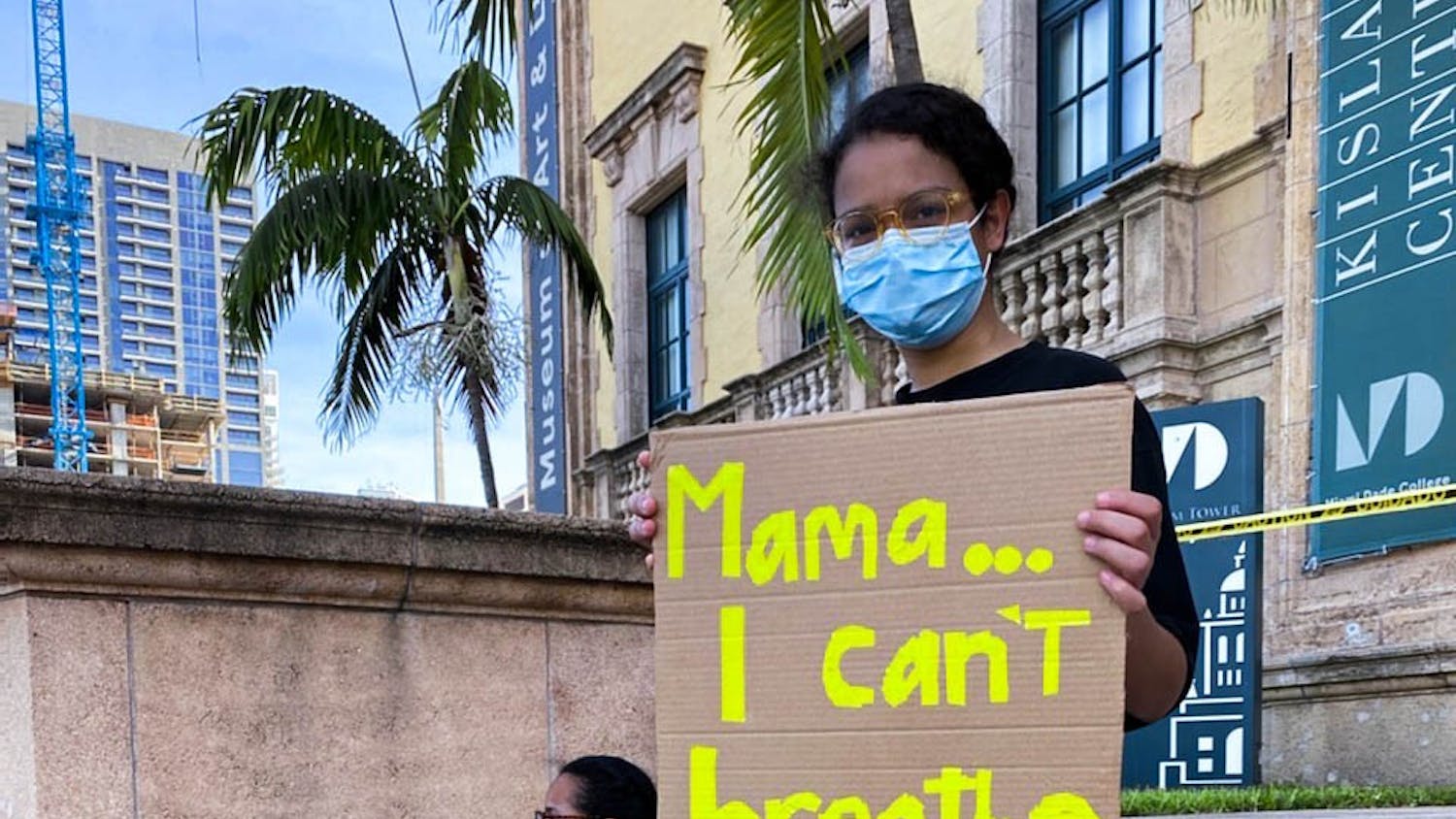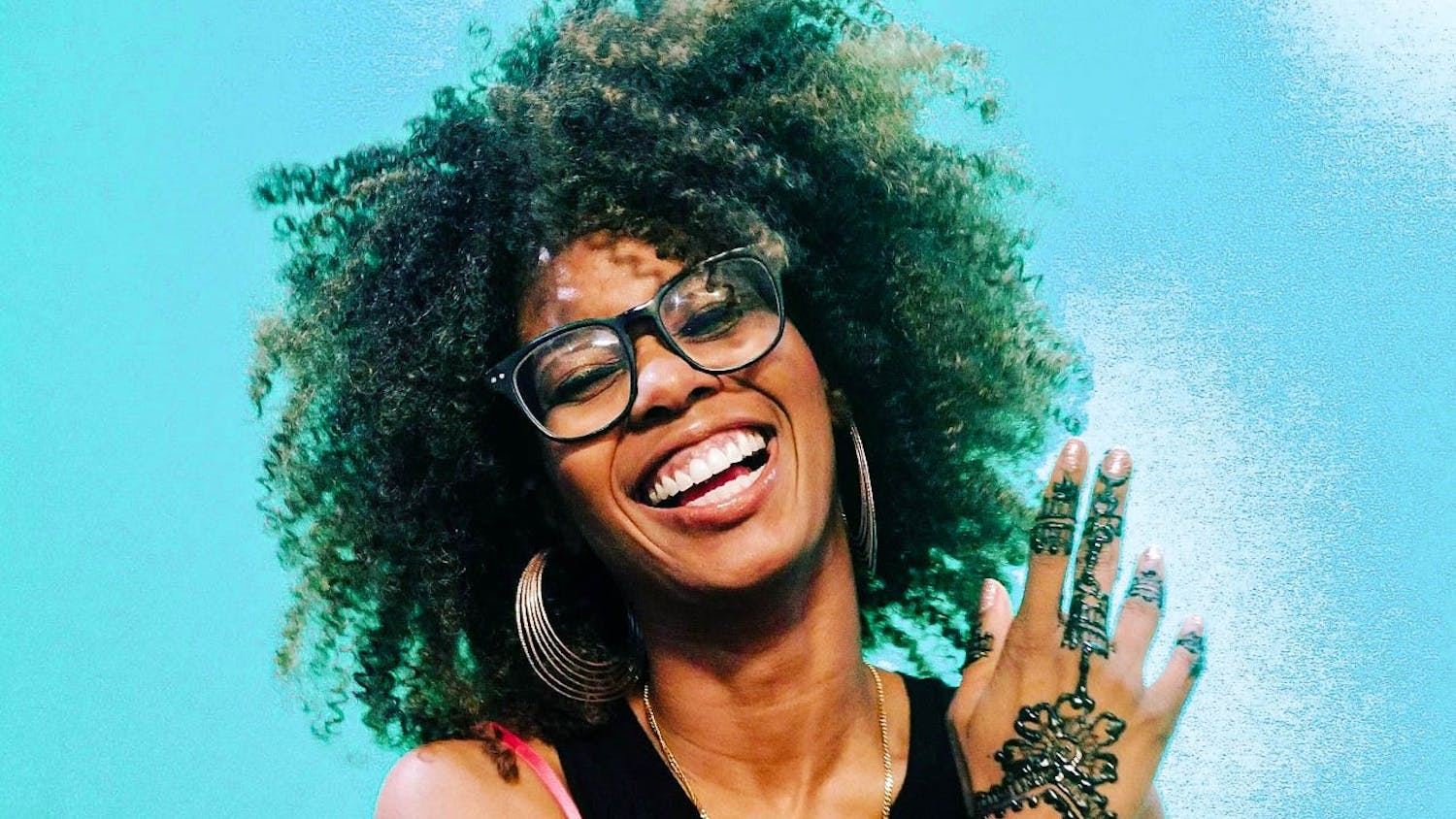News coverage of the Black Lives Matter movement has shown scenes of peaceful marching as well as looting and burning during protests. The Dartmouth sat down with history professor Matthew Delmont to discuss the history and background behind the various types of responses to racial injustice.
Since George Floyd’s death, we’ve seen protests across the U.S. at a scale we haven’t seen in decades, but while it’s easy to think that this is unprecedented, history offers many comparisons. When would you say that protests and riots around racial justice started in the U.S.?
MD: I think there's never really been a point where African Americans haven't protested against racial injustice. You can look all the way back to the era of slavery and the types of everyday resistance that African Americans showed, and then the larger abolitionist movement that African Americans helped to fuel. Over the last hundred years, the modern civil rights movement came into focus around issues related to housing segregation, employment segregation, school segregation, but then also police brutality. Some of the most prominent protests were in the 1960s, and I think the protests today are really continuing that legacy.
I'd say for the historical background, there have been a few different phases of what scholars and media would call “race riots.” The first phase — and this goes just past a hundred years ago or so — were really white communities attacking Black communities. So Wilmington, North Carolina in 1898 was essentially an organized coup to overthrow Blacks who had achieved political power. Tulsa, the race massacre there in 1919 — which just got a lot of attention because of President Trump's speech there — has historically been called the “Tulsa race riot,” but it was just the white community attacking and killing the Black community. From the ’30s through the ’60s or ’70s you continue to see the term “race riot” used quite a bit. So in Harlem in ’35, again in ’43, and then again in ’64, they started using “riot” to refer to when Black communities destroyed property. I think that's probably the closest parallel to what we see today, where we'd see some of the looting or attacks on malls or other property. Even there, though, I think that the preferred term for most scholars is “uprising” or “rebellion.” The kind of things that the media has labeled “riots” historically are Black people expressing frustration about police brutality or unsafe housing conditions or lack of jobs or lack of access to good schools. I think a lot hinges on how you understand the motivations and causes, right? If you just think people are acting in an unruly or chaotic way, then you would call it a riot. If you think people have a very strong reason to act in this way, then you would call it an uprising or rebellion. There's a huge amount packed into that term.
What would you say have been some of the major accomplishments of those historical protests and “riots”? And would you say that change — for example, the civil rights legislation in the 1960s — has been brought about mostly through peaceful or through violent tactics?
MD: Looking at the history of Black freedom struggles, it's really hard to pull apart the different tactics that different people have used. Martin Luther King Jr. and his approach to nonviolence often gets held up as the exemplar, but I think in many ways that's too simplistic. I think for most African Americans, they wanted to use whatever tactics and strategies they thought would produce better outcomes and a more just society. In some cases, that involved nonviolence, and in other cases, it involved armed self-defense and more forceful and revolutionary protest.
In terms of what's been successful, it depends on the context. During the 1950s and ’60s, the kind of nonviolent protests we saw being led by Martin Luther King Jr. and his associates were particularly powerful because they resonated so strongly with national audiences. It created these scenes of conflict where you'd have nonviolent protestors being struck by police or being hit by fire hoses. In that case, the approach of nonviolence was a purposeful technique. You’d demonstrate the power of state violence by having a police or fire department inflict violence on nonviolent protestors. That was very successful in terms of galvanizing national attention. In other cases — I think the Black Panthers are a good example of this, first in Oakland in 1968, but then nationally — more aggressive tactics forced people in power to confront the fact that civil rights legislation didn't fix everything. So when we look historically, different tactics have worked differently in different contexts, and I think that's something Black Lives Matter protesters are wrestling with right now.
We've seen a lot of discourse comparing peaceful protests with riots. Some say that riots are ineffective and may undermine the legitimacy of the Black Lives Matter movement while others say that they're an understandable and rightful response to injustice. Where do you stand on the matter?
MD: As a historian, I'm always interested in what leads people to get into the streets and take action. I think it's important when you're evaluating the outcomes of some of the actions we've seen in the last month to pay attention to why people are so upset. I think the reason why so many people have been in the streets is because you have this continued pattern of police and state-sanctioned violence leading to the death of so many Black people. Even just in the last decade, we saw several examples leading to protests, whether that's Eric Garner, Trayvon Martin, Philando Castile or Michael Brown. So this is not a new phenomenon. I think the sense of outrage and exhaustion has led a lot of people to feel like they have to do whatever they can to make sure that these killings stop.
I think the question of riots is really a question of who gets to label these actions, right? Often the word “riot” is applied to actions by either the media or by political critics. This was certainly true in the 1960s, that you would call what happened in Watts a “riot,” because it was Black people acting out and expressing their outrage. I think a similar dynamic is taking place today. When critics end up being more upset that stores are damaged, or private property is damaged, and they don't express the same outrage at the killings of Black people, I think that gets the moral calculus wrong. That's a position that was largely in line with what Martin Luther King Jr. said in the 1960s. He described riots as “the language of the unheard” and said if people want to condemn riots, they should condemn the conditions that are producing the riots with the same urgency.
The line between riots and protests also might not be that clear cut. Do you think the question about protesters' use of violence is fundamentally different this time around because people are protesting directly against police use of violence?
MD: For me, I'm not really comfortable with trying to set peaceful protests and riots as a binary. A lot depends on when you start paying attention to the violence or when you mark the starting point of it. Protestors, whether it's the 1960s or today, go to the streets because they feel like they have no other recourse. They feel like they can't wait for another election to vote someone else in office. They can't go to their city council and say, “Now's the time to make a change.” They feel a sense of urgency.
Most of the protests we’ve seen the last several weeks have started peacefully. People haven't generally gone out to the streets looking to pursue violence. In a lot of the cases that we've seen, the police or National Guard response has been so aggressive, whether that's use of tear gas, pepper spray, corralling protesters in a way that they can't escape or they can't peacefully disperse. That itself is a form of violence. I think if we're going to use the word “riot,” we have to think about all the different ways violence is kind of circulating, swirling around this present moment.
This interview has been edited and condensed for clarity and length.




